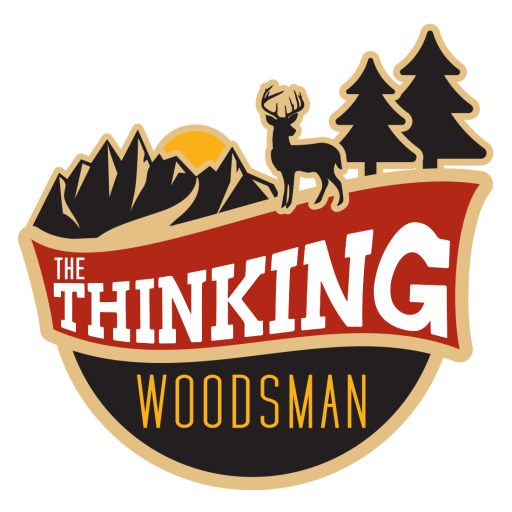The first rule of morel hunting is that you don’t talk about morel hunting.
The cruelest iteration of tough love for rookies in the outdoor world just might be morel hunting. In any other wild pursuit, crappie fishing, turkey hunting, it’s not difficult to find a generous, helpful soul willing to share their secrets and “honey holes” to help bring new people into the fold. Not so with morel hunting. It turns those same kindly individuals into wizened, conniving misers bloated with lies and half-truths and misdirections.

“Wow, that’s a great haul of morels! Where’d you find ‘em?”
Darkness seeps through cracks in an otherwise benevolent spirit and the lies begin to belch out…
“Oh, that north facing hillside with all the brambles near the septic outlet. Been finding ‘em growing right next to stinging nettles and broken beer bottles. Best to try for them at night with an ultra violet light. Wear flip flops so you don’t disturb the soil. Good luck!”
Are seasoned morel hunters really that evil or is this a Mr. Miagi subtle-but-seemingly-harsh way of training new folks?
Okay, there may be some dastardly shroomers out there, but I think the majority of us are tight lipped about our practices from some pretty good reasons. I can only speak for myself, but I still remember the first morel I found. It was just as tall as my size 12 boot was long. Unbelievable…and I found it on my own, which was incredibly empowering. That first morel began to wire my brain to recognize high potential spots.
In my experience, what appears to be a “shroomy” area is an extremely personal thing. I’ve known friends to hunt areas that I wouldn’t spend any time on and those same friends have been just as surprised when I divulged (just a little) of the general vicinities where I’ve found success. Allowing someone to struggle some but then strike it big on their own is a great way for them to develop a sixth sense for the fungus and to build their persistence, both requisites for finding the things.

Also, if I trained someone to look for morels the way I do, they may be replicating the blind spots I’ve developed and never explore new types of productive habitat. It leaves their door open to new territories and methods.
While we’re talking about habitat, many of the places I hunt are small and patchy (or are they?) and one sweep through at the right time would completely wipe them out for the year. Taking someone through there only teaches the lesson that this is where you’ve found morels. The both of you will clean it out and that will be the about the end of it…until next year when you’re trying to beat each other out to the old grounds.
And competition is not what you want when it comes to a finite, time sensitive resource like morels. In this brave new world of social media and instant uploading, word spreads fast, just as fast as GPS coordinates embedded in the metadata of a picture your protégé just uploaded to Facebook. Now you’re sure to have company next time you’re out. Loose lips sink ships and the more people who know where to go, the greater likelihood that they’ve also told someone, and so on and so on.
So I say welcome to all the new morel hunters this spring. I’m glad that you’re endeavoring to seek the elusive and delicious morel. Don’t be offended however if your requests for information or locations are met with wry generalities. If you feel like a reporter at a White House press conference, that’s normal. Ask all the questions you’d like, but know you’ll only be met with rhetoric. If you do want to cut through the B.S. for a clear-cut definite answer, ask your morel hunting friend to share their harvest. There will be no second guessing their response. It’s nothing personal, just our grizzled old salt way of saying you need to figure this out on your own and we can’t do it for you.
Take heart, get out there, do your time and before you know it, you’ll be in the club too…just don’t talk about it.



You must log in to post a comment.